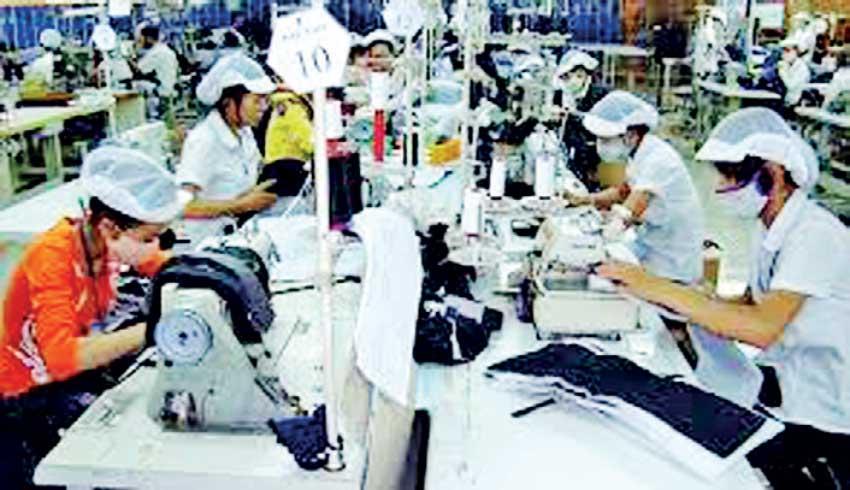19 Apr 2021 - {{hitsCtrl.values.hits}}

Earnings from merchandise exports flirted to near pre-pandemic levels in a sign of gradual recovery of international trade with the normalising of economic activities in Sri Lanka’s key export markets.
Exports recorded US$ 952 million in earnings in February 2021, just 3.7 percent off from the same month in 2020 as exports of textiles and garments, food and beverage, tea, coconut, spices and rubber products gained, signalling recovery in the key export commodities to levels seen before the pandemic, specially in textiles
and garments.
Textiles and garment exports, the largest commodity export from Sri Lanka, got hit the most since the economies in the West and the Europe closed and started working from home. But, sales are gradually recovering towards levels prior to the pandemic as consumers there have begun to increasingly spend on clothing which they couldn’t do last year, the data showed.
For instance the textile and garment exports in February 2021 was US$ 443.3 million, compared to US$ 468.1 million a year ago and US$ 423 million in January 2021.
This mirrored the Index of Industrial Production data for February, which recorded almost 40 percent surge in the sub-index for textile manufacturing in the month from the year
earlier levels.
“Export earnings exhibited a recovery towards pre-pandemic levels since the peak of the second wave of COVID-19 spread in Sri Lanka, reaching levels close to those recorded in the same month of 2020 (US$ 989 million) and 2019 (US$ 981 million),” the Central Bank said.
Meanwhile, imports slipped 2.5 percent from a year ago to US$ 1,524 million predominantly due to the drop in fuel imports, near absence of vehicle imports, decline in spending on building materials and transport equipment.The fuel bill declined 23.5 percent to US$ 320.2 million from a year ago while the personal vehicle imports recorded only US$ 0.9 million in February compared to US$ 53.6 million a year ago.
The food and beverage imports declined by 3.0 percent to US$ 131.8 million due to lower imports of chillies, alcoholic beverages, vegetables such as potatoes, gram, big onions, peas and the likes.
“However, expenditure on oils and fats in February 2021 remained high, compared to February 2020, mainly due to the increase in expenditure on coconut oil imports, possibly impacted by the reduction of the Special Commodity Levy in 2020 since prices in the international market increased year-on- year,” the Central Bank said.
With the decline seen in both exports and imports, the trade deficit recorded at US$ 572 million compared to US$ 574 million a year ago, but down from US$ 667 million in January 2021. The cumulative trade deficit for the two months was recorded at US$ 1,227 million, down from US$ 1, 304 million in the corresponding period a year ago.
While the Central Bank is planning for a US$ 500 million surplus in the current account for 2021 with the support of the service inflows such as remittances, IT/BPO and the recovery expected in tourism, there is growing pressure for import restrictions to be lifted, which could make the journey a tough one.
However, the Central Bank maintains that the restrictions on non-essential imports to remain through 2021 or at least till the country gets through the worst of its external sector woes created by the pandemic-induced market tumult.
For instance, the tourism trade, which generated US$ 4.4 billion in 2018, could take longer than expected to return to its former glory days. The Central Bank is expecting US$ 1.5 billion from the industry this year due to lackluster recovery in the trade so far.
The government pins most of its hopes on the new Bill mooted to provide attractive incentives for the investors coming to the Colombo Port City to generate multi-billion dollar worth of direct investments throughout many years.
19 Nov 2024 1 hours ago
19 Nov 2024 3 hours ago
19 Nov 2024 3 hours ago
19 Nov 2024 4 hours ago
19 Nov 2024 4 hours ago